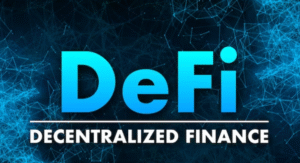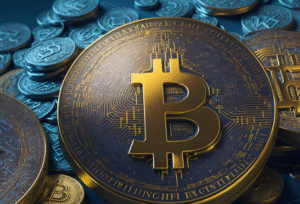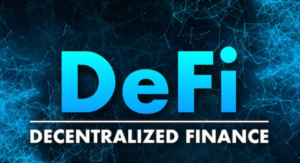#crypto #FDIC #banking #digitalassets #cryptoregulation #financialinstitutions #OperationChokepoint #cryptoadoption
Under the prospective guidance of the Federal Deposit Insurance Corporation (FDIC), the United States may be on the brink of witnessing an enhanced rapport between traditional financial institutions and burgeoning digital asset companies. This pivotal development, heralded by the nomination of Christy Goldsmith Romero for the FDIC Chair, could significantly propel the growth and integration of the crypto industry within mainstream financial services. Romero’s assertion, in response to a query from Senator Cynthia Lummis, suggests a potential shift in regulatory attitude; she opined that it is not within the FDIC’s purview to dictate to banks which industries or entities they choose to service.
The implications of such a stance are vast. Coinbase’s Chief Policy Officer, Faryar Shirzad, underscored the critical nature of Romero’s perspective, especially in the wake of pressures stemming from initiatives like Operation Chokepoint 2.0 which aimed at curbing the crypto industry’s banking access. Shirzad’s commentary draws attention to the persistent challenges and the necessity for a commitment from the White House to mitigate these regulatory pressures for meaningful change to ensue. This shift could dismantle the existing barricades faced by digital asset companies in accessing traditional banking services, contingent upon a genuine reevaluation of the current regulatory approaches.
This potential easing of restrictions comes against a backdrop of significant regulatory caution concerning the involvement of banking organizations with crypto assets. Earlier statements by the FDIC alongside other regulatory bodies have highlighted the perceived risks associated with banking models heavily focused on crypto activities, citing grave concerns for the safety and soundness of the financial system. Such regulatory apprehensions have led to a palpable hesitancy among banks to engage with the crypto sector, evidenced by instances of account closures and service terminations to crypto businesses and individuals affiliated with them. Despite these hurdles, there has been a robust pushback from the crypto industry, marked by legal challenges against regulatory bodies and advocacy for more accommodating policies. The unfolding discourse around crypto regulation and banking services suggests a critical juncture; the impending tenure of FDIC’s new leadership under Romero could herald a new chapter in the bank-crypto narrative, potentially redefining the landscape for digital asset integration within the U.S. financial ecosystem.







Comments are closed.